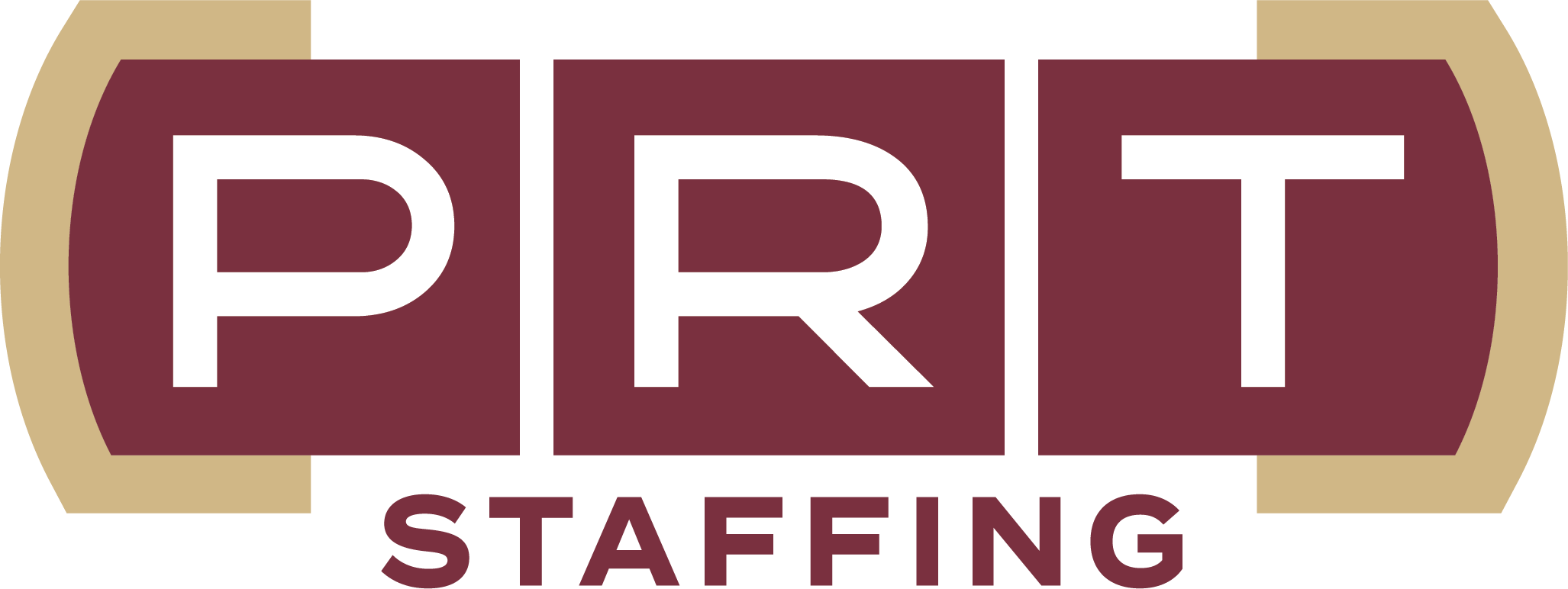Protecting the Temporary Worker
Temporary workers are a growing part of the U.S. economy with more than 3 million temps employed through staffing agencies in any given week.
“By any other name, temporary employees offer small business owners a variety of benefits,” says The Hartford.
The benefits of hiring temp workers include:
- Cost-effective: Temps can replace employees on family leave, maternity leave, vacation, and sabbaticals. While temporary workers may demand higher or lower compensation, they don’t usually get company-paid health insurance and other “soft” benefits offered to regular employees.
- Flexibility: Temps keep staffing levels optimal as business needs change. Temporary workers help reduce overall staffing costs, because their presence can keep regular employees fully productive, without being overworked.
- Try Out: The ability to “try out” potential future hires. Some companies hire temp-to-hire workers for a trial period to learn if they have the skills and personality a job demands.
- Fill Voids: Companies hire computer specialists, creative people, and even senior executives on a temporary basis to fill short-term needs.
- Well-trained: Temp agencies prescreen the capabilities of workers to make sure they are well-trained for their assignments.
- Experience: Highly qualified retirees sometimes look for short-term assignments and can bring their vast experience to a business.
“For the right company at the right time, temporary employees can solve short-term needs,” concludes The Hartford. “Temporary employees also present potential legal concerns. For instance, you cannot discriminate against any employee, and every company must provide a safe work environment for all workers.”
Temporary Workers Have a Right to a Safe and Healthy Workplace
The United States Depart of Labor Occupational Safety and Health Administration (OSHA) says that all workers, full-time, part-time, or temporary, have a right to a safe and healthy workplace.
“The staffing agency and the staffing agency’s client (the host employer) are joint employers of temporary workers and, therefore, both are responsible for providing and maintaining a safe work environment for those workers. The staffing agency and the host employer must work together to ensure that the Occupational Safety and Health Act of 1970 (the OSH Act) requirements are fully met,” says OSHA.
To ensure that there is a clear understanding of each employer's role in protecting employees, OSHA recommends that the temporary staffing agency and the host employer set out their respective responsibilities for compliance with applicable OSHA standards in their contract.
“Including such terms in a contract will ensure that each employer complies with all relevant regulatory requirements, thereby avoiding confusion as to the employer's obligations,” says OSHA. “Temporary staffing agencies and host employers share control over the worker, and are therefore jointly responsible for temporary workers' safety and health.”
Both Host Employers and Staffing Agencies Have Roles
Both host employers and staffing agencies have roles in complying with workplace health and safety requirements and they share responsibility for ensuring worker safety and health.
“A key concept is that each employer should consider the hazards it is in a position to prevent and correct, and in a position to comply with OSHA standards,” says OSHA. “For example, staffing agencies might provide general safety and health training, and host employers provide specific training tailored to the particular workplace equipment/hazards.”
OSHA reminds host employers and staffing agencies that:
- Communication between the agency and the host to ensure that the necessary protections are provided is key.
- Staffing agencies have a duty to inquire into the conditions of their workers' assigned workplaces. They must ensure that they are sending workers to a safe workplace.
- Ignorance of hazards is not an excuse.
- Staffing agencies need not become experts on specific workplace hazards, but they should determine what conditions exist at their client (host) agencies, what hazards may be encountered, and how best to ensure protection for the temporary workers.
- The staffing agency has the duty to inquire and verify that the host has fulfilled its responsibilities for a safe workplace.
- Host employers must treat temporary workers like any other workers in terms of training and safety and health protections.
Temporary Workers Have the Same Rights as Permanent Workers
OSHA says that temporary workers have the same rights as permanent workers. These rights extend to:
- A safe workplace free of dangers.
- Receive training in clear language that the temporary worker understands.
- Temp workers should receive safety equipment.
- They should be able to speak up about safety.
- They should be able to report work-related injuries without being punished.
Best Practices for Host Employers of Temp Workers
The National Institute for Occupational Safety and Health (NIOSH) and the National Occupational Research Agenda (NORA) Services Sector Council—in partnership the American Society of Safety Professionals (ASSP), the American Staffing Association (ASA), and the Safety and Health Assessment and Research for Prevention (SHARP) program within the Washington State Department of Labor and Industries—developed a set of best practices to help host employers optimize their efforts to protect the safety and health of temporary workers.
The best practices are organized into three sections:
- Evaluation and contracting.
- Training for temporary workers and their worksite supervisors.
- Injury and illness reporting, response, and recordkeeping.
Among the best practices is training for temporary workers and their worksite supervisors.
According to OSHA, in most cases, the host employer is responsible for providing site- and task-specific safety and health training and the staffing company is responsible for providing general safety and health awareness training.
Training for temporary workers should include:
- Approved Tasks: This includes any hazardous tasks they are NOT to perform and any equipment or machinery they are NOT allowed to operate. New tasks should not be performed without the host employer first obtaining approval from the staffing company.
- Hazard Identification and Control: Temp workers should be trained on how to recognize site- and task-specific hazards and understand the best ways to reduce and/or eliminate them.
- Personal Protective Equipment (PPE): How to properly donn, doff, adjust, and maintain required PPE (such as respirators, hearing protection, gloves, and eye protection).
- OSHA Laws: Understanding employer responsibilities and workers’ rights and responsibilities under OSHA law.
- First Aid: How to obtain first-aid treatment.
- Emergency Procedures: Site- and task-specific emergency procedures, including exit routes.
- Reporting Safety and Health Incidents and Concerns: It is the responsibility of the temporary worker to report all work-related injuries, illnesses, and close calls and to communicate safety and health concerns as soon as possible to both the host employer and staffing company. Procedures and what to expect after reporting should be explained.
- Secure Sites: If temporary workers are placed at secure worksites, how to gain access to the sites, including protocols to ensure personal security when entering the sites.
- Safety and Health Program Participation: How the temp worker can participate in the host employer’s safety and health program, including safety meetings/committees, toolbox talks, scheduled training, and hazard-specific programs.
In addition, host employers should assess the knowledge of the temp worker on the key concepts above, after their training but before they start their assignment.
Host employers should also document all training and to evaluate staffing company training materials.
Supervisor training should include information on:
- Approved Tasks: The tasks the temp workers are approved to do (and NOT approved to do).
- Changes to Job Tasks: Process for modifying job tasks.
- Mentoring and Supervision: Same responsibility that they have to their own employees.
- OSHA Laws: Understand fully the responsibilities and rights of temp workers and host employers.
- Communication and Reporting: How to communicate with the temp worker about their performance and safety-related behavior.
- Joint Responsibilities: Understand the safety and health responsibilities of the host employer and staffing company.
Both job seekers and host employers in Arizona, Florida, and Georgia can rely on PRT Staffing for providing a safe and healthy workplace for temporary workers.




